International
Commemoration of the Day of Indigenous Resistance
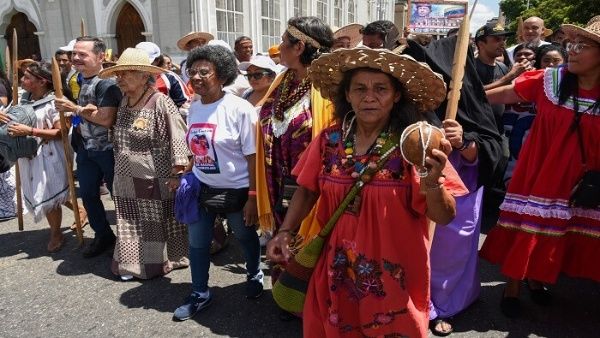
October 13 |
Numerous Latin American nations commemorated this October 12 the Day of Indigenous Resistance, in homage to the struggles initiated in 1492 by the native peoples of the region in defense of their culture against Spanish colonization.
In Venezuela, the Jivi, Cuiba and Pumé indigenous communities, among others, marched in Caracas (capital) from Carabobo Park to the corner of San Francisco, to highlight the struggle of native peoples against colonialist interests, for the defense of the Essequibo and in support of President Nicolás Maduro.
The indigenous communities in Colombia commemorated the date with rituals, as an expression of the resistance of which they have been protagonists in spite of the violence that has affected their lands.
In Bogotá (capital), where more than 18,000 indigenous people currently live, the representatives of the native peoples demanded the Government and the armed actors to cease hostilities in their territories.
Numerous streets of Asunción, Paraguay’s capital, welcomed hundreds of indigenous people who demanded their land rights and access to drinking water. The demonstrators initially gathered outside the Congress and marched in silence to the Plaza Italia, to the beat of the traditional tangará music of the Mbya Guaraní people.
The native peoples of El Salvador paid tribute to the victims of Spanish colonization in the region, vindicating the struggle of several centuries of plundering and persecution.
They also denounced that the State and its institutions have violated their rights, reaffirmed the spirit of struggle and rebellion and recalled the barbarity of the massacre of Las Hojas, where more than 200 members of the Salvadoran Army murdered members of that indigenous community in 1983.
The Salvadoran communities demanded the State to respect their self-determination, the restitution of the communal land system, the halt of constructions in sacred places and the cessation of harassment and repression of indigenous leaders.
Meanwhile, in Barcelona, Spain, a rally was held under the title “For an anti-colonial October 12”, with the participation of hundreds of people belonging to different movements, who also demanded many of the rights of migrants, to regularize many of those who have been residing for decades in that European nation and have not been able to update their documents.
International
At Least Eight Dead and 19 Injured in Deadly Bus Crash in Veracruz, Mexico
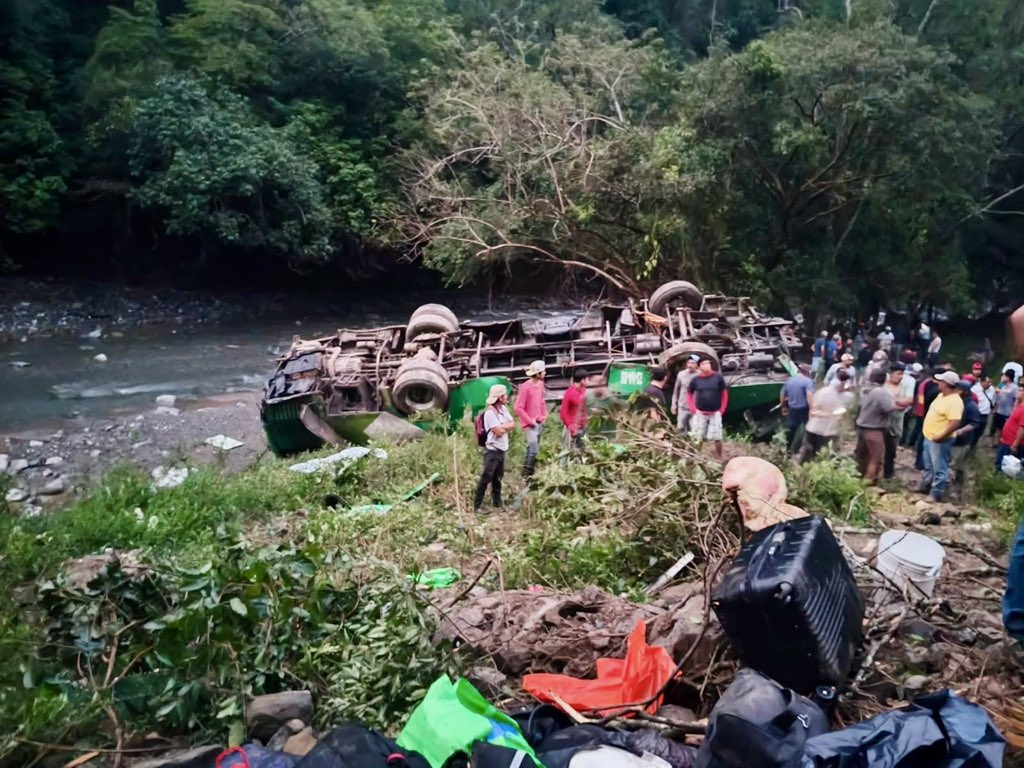
A tragic bus accident in the eastern state of Veracruz left at least eight people dead and 19 others injured on Wednesday afternoon, according to local authorities.
The vehicle was traveling through the town of Zontecomatlán when it crashed near a ravine, state Civil Protection officials reported late Wednesday night. “Regrettably, the prosecutor’s office has confirmed eight fatalities,” the agency stated in an official release.
Emergency Response and Medical Care Rescue teams worked into the night to assist the survivors. The 19 injured passengers were stabilized at the scene before being transported to hospitals in the nearby municipalities of Chicontepec and Huayacocotla. While the identities of the victims have not yet been released, Mexican press reports indicate the bus was en route from Mexico City to Chicontepec.
A Recurring Issue on Mexican Highways Road accidents involving long-haul passenger buses and freight transport are a frequent occurrence in Mexico. Experts often cite excessive speed, mechanical failure, or driver fatigue as the primary catalysts for these tragedies.
This latest incident follows another major disaster in late November, where 10 people were killed and 20 injured in a similar bus crash in the western state of Michoacán. The recurring nature of these accidents continues to spark national debate regarding the enforcement of stricter safety regulations for commercial transport units.
International
Jair Bolsonaro Hospitalized for Inguinal Hernia Surgery While Serving Sentence for Attempted Coup
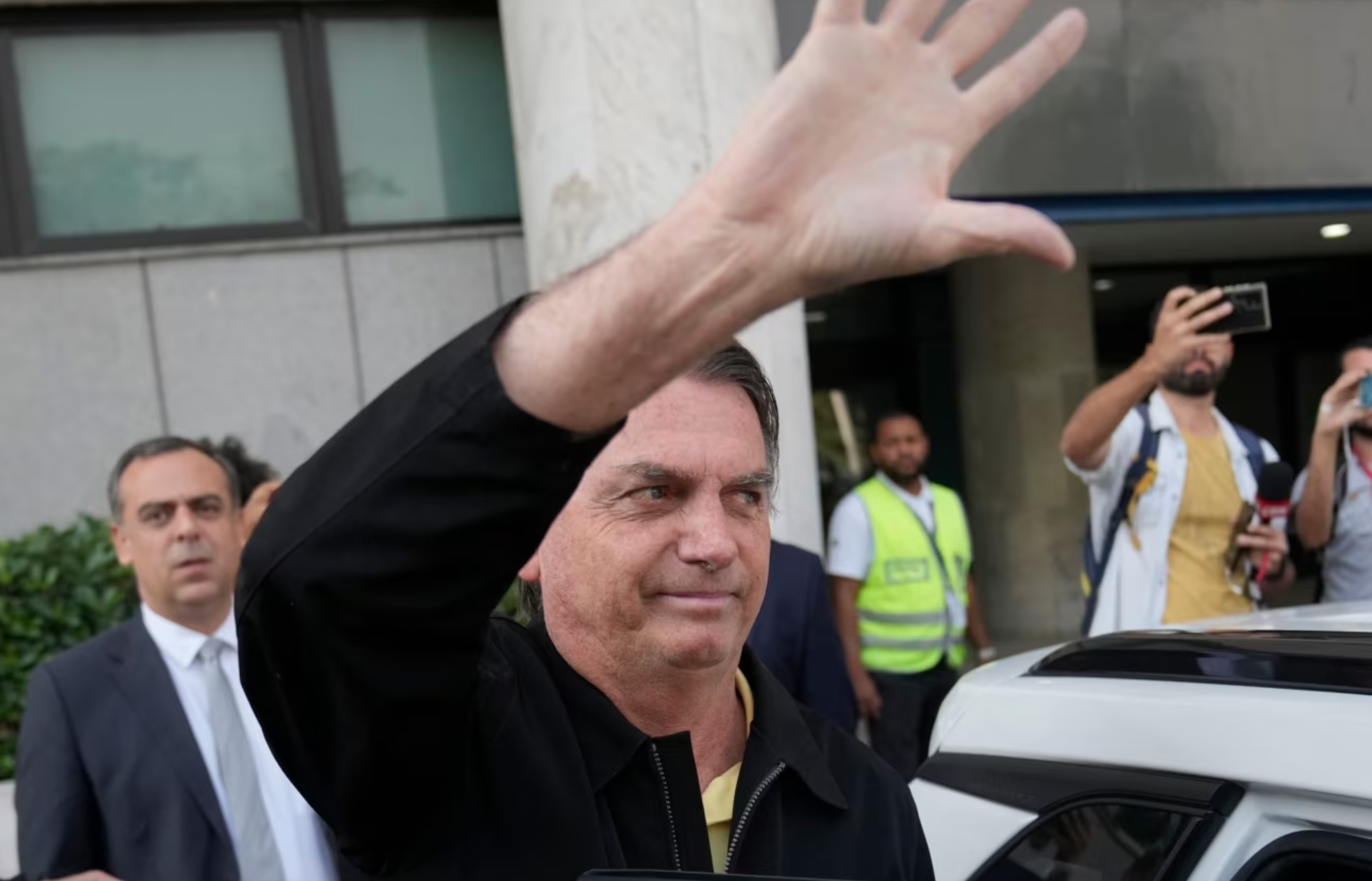
Former Brazilian President Jair Bolsonaro, currently serving a 27-year prison sentence for an attempted coup, underwent surgery this Thursday for an inguinal hernia. The procedure took place at the DF Star Hospital in Brasilia, according to his wife, Michelle Bolsonaro.
The 70-year-old former leader left prison on Wednesday for the first time since his incarceration in late November to prepare for the operation. “My love has just gone to the surgical center,” Michelle Bolsonaro posted on Instagram, where she has been documenting her accompaniment during his hospitalization.
Surgical Expectations and Health History Medical professionals treating the far-right ex-president (2019-2022) anticipate the operation will last approximately four hours. His recovery period in the hospital is expected to extend between five and seven days.
Dr. Claudio Birolini explained on Wednesday that while the surgery is standardized, it remains complex due to the patient’s history. Bolsonaro continues to suffer from the long-term effects of a 2018 campaign rally stabbing, an injury that required several major abdominal surgeries in the years following the attack.
“There is no such thing as a simple surgery. However, this is a scheduled and standardized procedure, so we expect it to be carried out without major complications,” Dr. Birolini stated.
Potential Additional Procedures Following the hernia repair, the medical team will evaluate whether Bolsonaro can undergo a second procedure: an anesthetic block of the phrenic nerve. This nerve controls the diaphragm, and the intervention would aim to resolve a chronic case of recurrent hiccups that has plagued the former president for years.
Bolsonaro remains under heavy security at the medical facility as he serves his lengthy sentence related to the events surrounding the January 2023 institutional crisis in Brazil.
International
Trump Orders Construction of New ‘Golden Fleet’ to Revitalize U.S. Naval Superiority
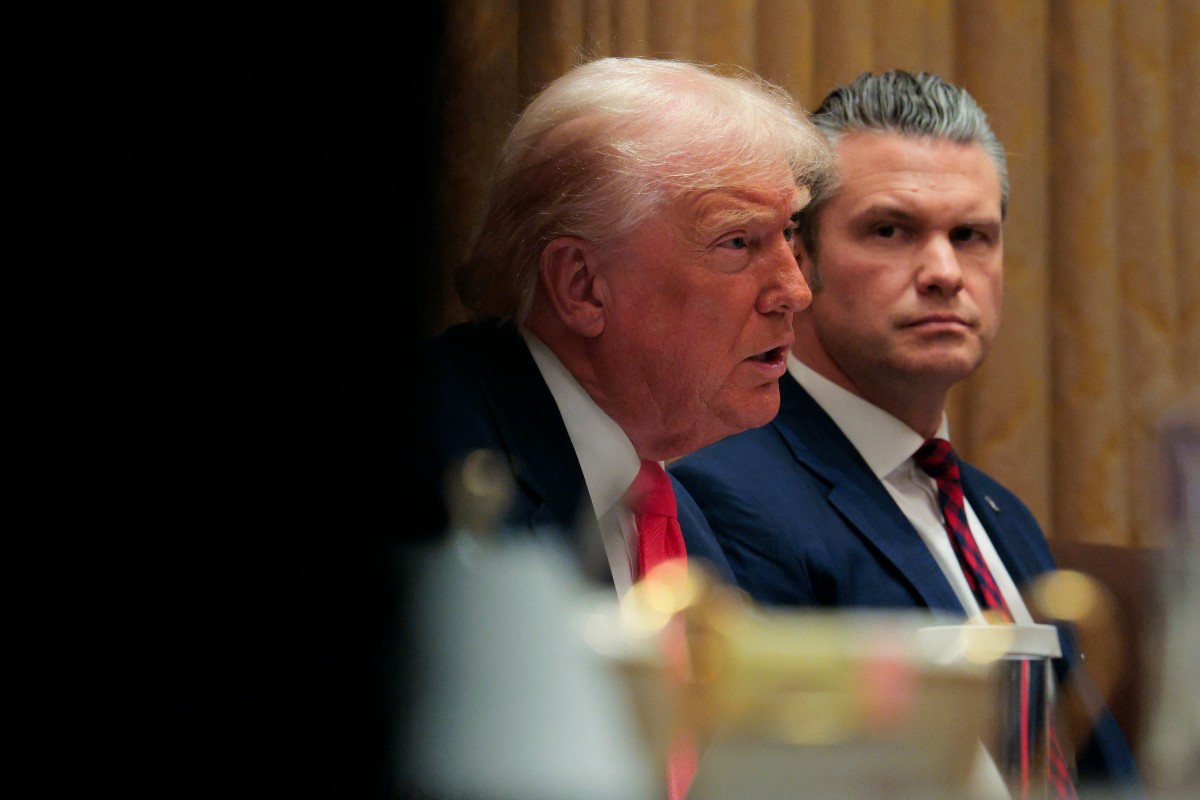
President Donald Trump issued an executive order this Monday for the immediate construction of two new warships that will bear his name. These vessels will be the pioneers of what he described as the “Golden Fleet,” a future generation of “Trump-class” battleships that he claimed would be “100 times more powerful” than those currently in service.
The announcement took place at his private residence in Mar-a-Lago, Florida. The President indicated that following the initial two ships, the administration aims to commission up to 25 additional vessels. He is scheduled to meet with Florida-based contractors next week to expedite production, criticizing existing defense firms for failing to deliver results efficiently.
This naval expansion is a cornerstone of Trump’s goal to revitalized the American shipbuilding industry and address the strategic gap between the U.S. and competitors like China.
The move comes amid heightened geopolitical tension. Just last week, Trump ordered the seizure of all sanctioned tankers involved with Venezuela’s “ghost fleet” to cripple the country’s crude oil industry. Since December 10, the U.S. military—deployed in the Caribbean under the guise of counter-narcotics operations—has already detained two tankers linked to Venezuelan oil transport.
-
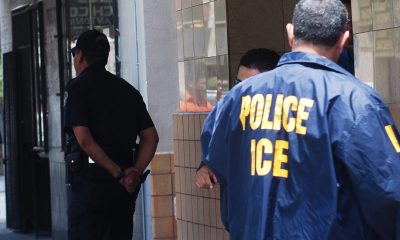
 International4 days ago
International4 days agoU.S. Judge Blocks ICE from Re-detaining Salvadoran Erroneously Deported Under Trump Administration
-
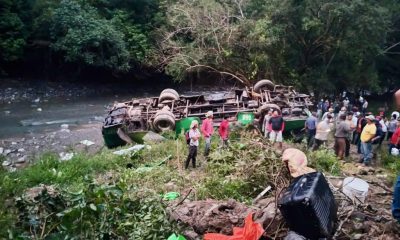
 International22 hours ago
International22 hours agoAt Least Eight Dead and 19 Injured in Deadly Bus Crash in Veracruz, Mexico
-

 International5 days ago
International5 days agoCristina Kirchner recovering after appendicitis surgery in Buenos Aires
-

 International4 days ago
International4 days agoTrump Orders Construction of New ‘Golden Fleet’ to Revitalize U.S. Naval Superiority
-
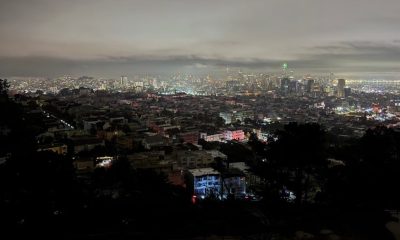
 International5 days ago
International5 days agoFire at substation triggers major blackout in San Francisco
-
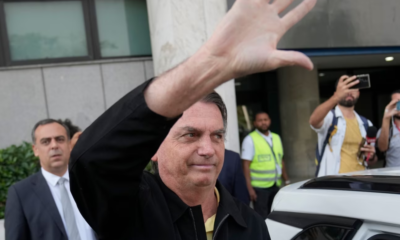
 International22 hours ago
International22 hours agoJair Bolsonaro Hospitalized for Inguinal Hernia Surgery While Serving Sentence for Attempted Coup




























